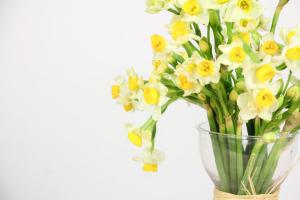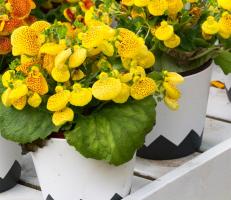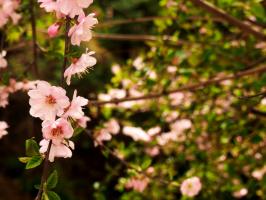1、 Curing method
1. Temperature: in warm places, the Red Prince ribbon grows well. The specific range is between 15 and 28 degrees. It is a very cold resistant plant, so it will also be distributed in more northerly areas. However, its high temperature resistance is not very good. When breeding, pay attention not to exceed 35 degrees as much as possible
2. Light: the Red Prince ribbon likes light, but it's best to block the light that is too strong. Generally speaking, there is no need to shade in other seasons except summer. Good astigmatism is of great help to its growth

3. Watering: the Red Prince brocade belt is relatively wet, but it is afraid of a very waterlogged environment. It can be adjusted according to the season. Generally speaking, once a week in spring and autumn. Summer can shorten this interval. Before winter, you can water it once, and then you don't have to water it all winter
4. Fertilization: it doesn't need much fertilizer. Generally speaking, in the growth stage, it can be once a month. In addition, fertilizer should be applied once before winter, and there is no need to apply fertilizer in the following winter

2、 Breeding skills
1. Propagation: seeding method is a common method, which is more suitable for large-scale propagation. Its seeds are relatively small, not easy to collect, and can be harvested in advance and in time. After drying, it can be stored. In the spring of the next year, it can be taken out and sown. The seeds can be mixed with a piece of fine sand and then sown in the selected place. In addition, if it is potted for viewing, it can be directly sown into the flower pot
2. Pruning: before germination in spring, a centralized pruning process is required, mainly cutting off some dry branches. After this pruning, we have to add some fertilizer appropriately

3、 Diagnosis and treatment problems
1. Disease: the main disease is called "branch blight", and the damaged part can be seen from its name. Carbendazim can be used for control, and the diseased branches shall be cut off in time
2. Insect pests: there are still many kinds, such as "gypsy moth", "yellow brown sky caterpillar", etc. Larvae are particularly harmful and need to be sprayed in time

4、 Other issues
1. Toxicity: it is non-toxic and harmless
2. Whether it can be raised at home: Yes. It can be viewed, and its flowering period is also relatively long


 jackfruit
jackfruit snake plant
snake plant hibiscus
hibiscus hydrangea
hydrangea lavender
lavender Green roses climb al...
Green roses climb al... If you don't pay att...
If you don't pay att... Management of four g...
Management of four g...


































